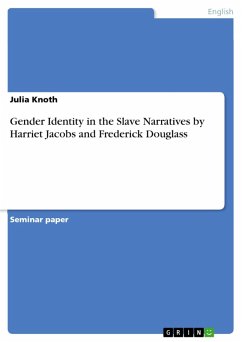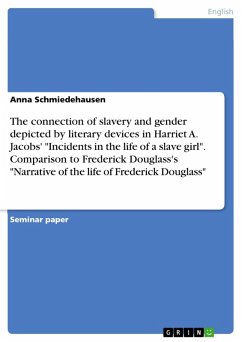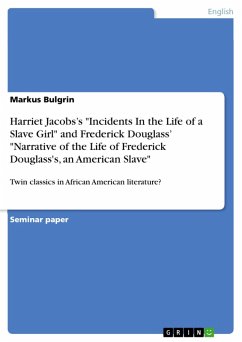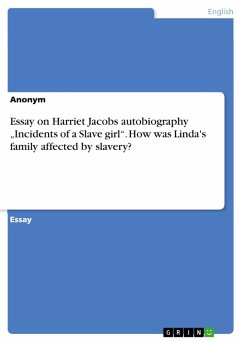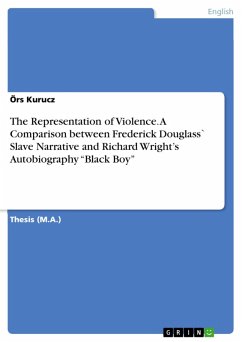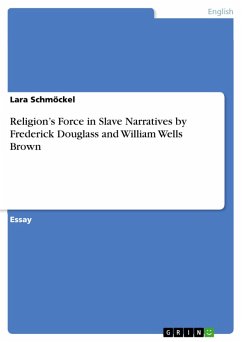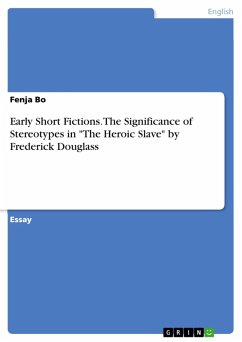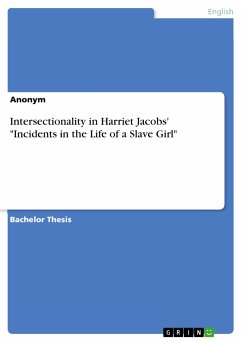Seminar paper from the year 2015 in the subject American Studies - Literature, grade: 1,0, University of Kassel (Anglistik/Amerikanistik Literaturwissenschaft), course: American Renaissance, language: English, abstract: Douglass's and Jacob's slave narratives deal with the reconstruction of identity. The recreation of Frederick Douglass's own identity is seen as an "argument for an end to slavery's denial of individuality and creativity". This process of reconstructing identity is closely connected with the depiction of gender. Thus, the main focus of this term paper is placed on the formation of gender identity in the two slave narratives. The concept of gender can be defined as "the relationship between biological sex and behavior". The leading question of this paper is: How does the image of black femininity and black masculinity portrayed in the two slave narratives correspond with the concept of womanhood and manhood prevailing at the time? In the course of this paper I will attempt to show that the two slave narratives serve as an example of individual self-fashioning, attempting to portray themselves as truly masculine or feminine and conforming to gender roles, at the same time reinventing these prevailing concepts. Society expects people to behave according to norms and values typical for a certain time. Thus, the first chapter gives an overview of gender stereotypes in the 19th century, which will subsequently be linked to the slave narratives. Creating a female identity as a slave suggests to include the category of sexuality, as female slaves often suffered from oppression and sexual abuse. However, this only offers a limited view and there are other significant dimensions connected to female identity. Therefore, Harriet Jacob's Incidents in the Life of a Slave Girl will also be analyzed in terms of motherhood and interdependence. The creation of male identity in Douglass's Narrative will then be analyzed comparatively by looking at his desire for freedom and how he copes with feminization and dehumanization of male slaves, his fight for independence, and his isolation in reference to his family and other slaves.
Dieser Download kann aus rechtlichen Gründen nur mit Rechnungsadresse in A, B, BG, CY, CZ, D, DK, EW, E, FIN, F, GR, HR, H, IRL, I, LT, L, LR, M, NL, PL, P, R, S, SLO, SK ausgeliefert werden.

